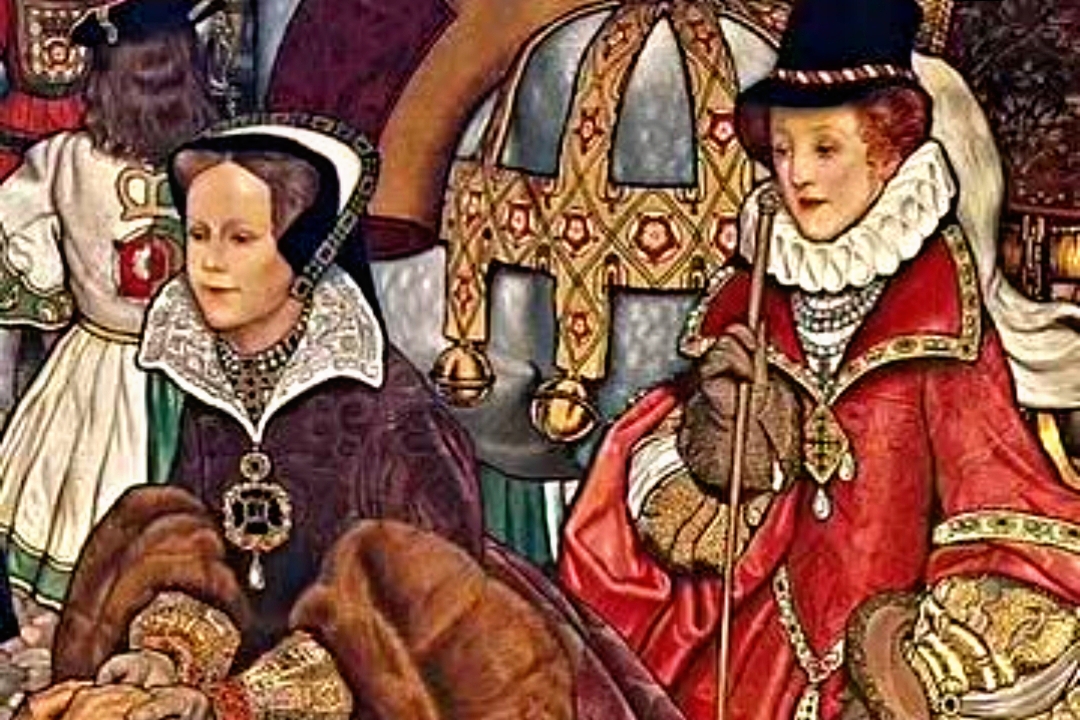The execution of Lady Jane Grey is one of the most poignant episodes in English history, encapsulating the turbulence, ambition, and tragedy of the Tudor period. Known as the “Nine-Day Queen,” Lady Jane Grey was a young, intelligent, and devout Protestant whose brief reign ended in betrayal and death. Her execution in 1554 remains a symbol of the merciless political power struggles that defined the Tudor dynasty. This article delves into the life, reign, and eventual execution of Lady Jane Grey, exploring the events that led to her tragic demise and her enduring legacy.
Lady Jane Grey: A Reluctant Queen
Born in October 1537, Lady Jane Grey was the great-granddaughter of Henry VII and a distant cousin to Edward VI. Raised in a noble family with strong Protestant convictions, Jane received a rigorous education, excelling in languages and theology. Her intelligence and deep religious faith made her a respected figure in Protestant circles.
Jane’s ascension to the throne was not the result of her own ambition but rather the product of political scheming by powerful men, including her father, Henry Grey, Duke of Suffolk, and John Dudley, Duke of Northumberland. As Edward VI’s health deteriorated, his advisors sought to prevent his Catholic half-sister, Mary Tudor, from taking the throne. Edward’s “Devise for the Succession” bypassed Mary and Elizabeth, naming Jane and her male heirs as his successors.
On July 10, 1553, Lady Jane Grey was proclaimed queen. However, her reign was met with widespread opposition, as the public supported Mary Tudor’s legitimate claim to the throne. By July 19, Mary had successfully deposed Jane, and the young queen’s fate was sealed.
The Imprisonment of Lady Jane Grey
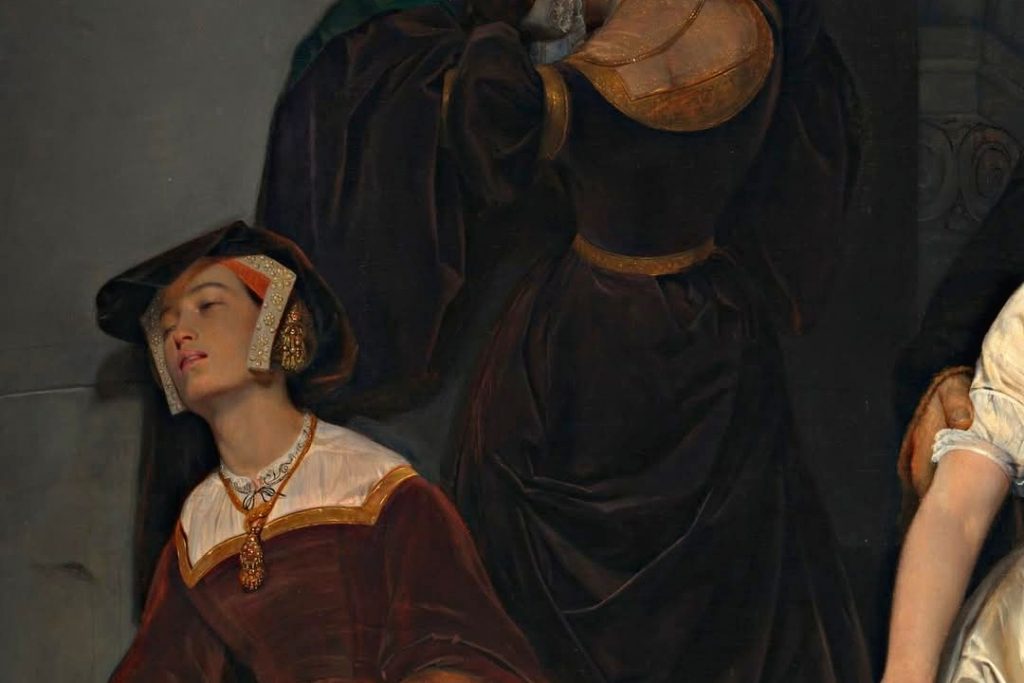
Following her deposition, Lady Jane Grey and her husband, Lord Guildford Dudley, were imprisoned in the Tower of London. Initially, Queen Mary showed leniency toward Jane, viewing her as a pawn rather than a conspirator. Mary’s primary targets were John Dudley and other key figures who had orchestrated Jane’s rise to power.
While imprisoned, Lady Jane Grey displayed remarkable composure and steadfast faith. She continued to study the Bible and write letters, demonstrating her commitment to Protestantism. Despite her dire circumstances, Jane hoped for mercy, as she had not sought the throne and had ruled reluctantly.
The Wyatt Rebellion and Its Consequences
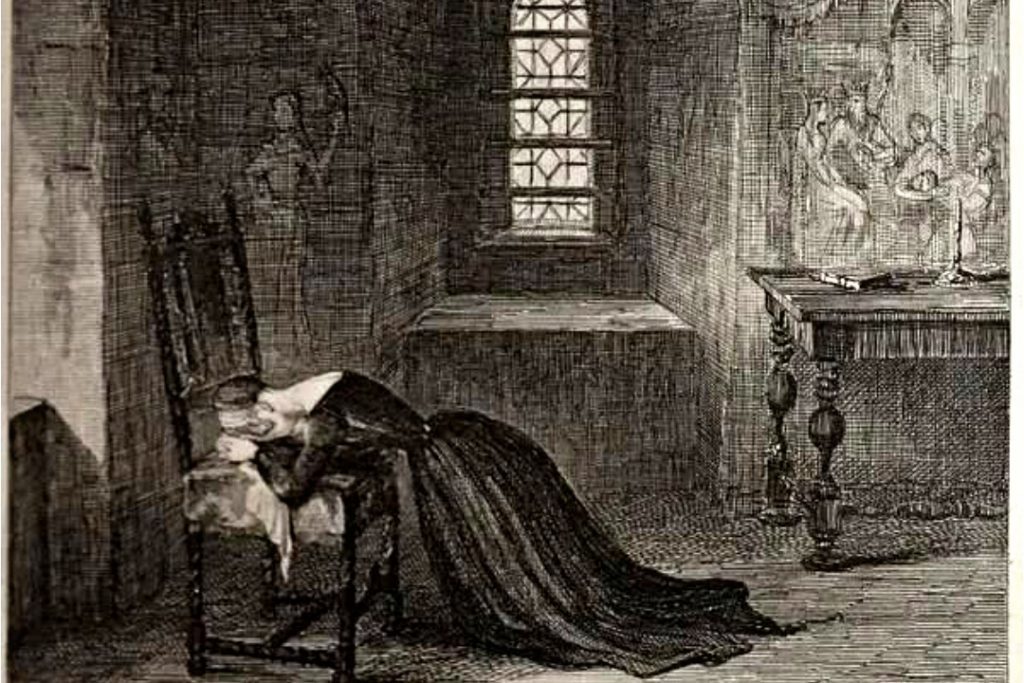
The turning point for Lady Jane Grey came in early 1554 with the Wyatt Rebellion. The rebellion, led by Sir Thomas Wyatt, was sparked by opposition to Mary Tudor’s proposed marriage to Philip of Spain. Although Jane and her family were not directly involved in the uprising, her father, Henry Grey, joined the rebellion, reigniting concerns about Jane’s potential as a Protestant figurehead.
Mary Tudor, determined to solidify her rule and eliminate threats to her authority, decided that Jane and her husband must be executed. The Wyatt Rebellion provided the justification Mary needed to proceed with the execution of Lady Jane Grey, despite initial hesitation.
The Execution of Lady Jane Grey
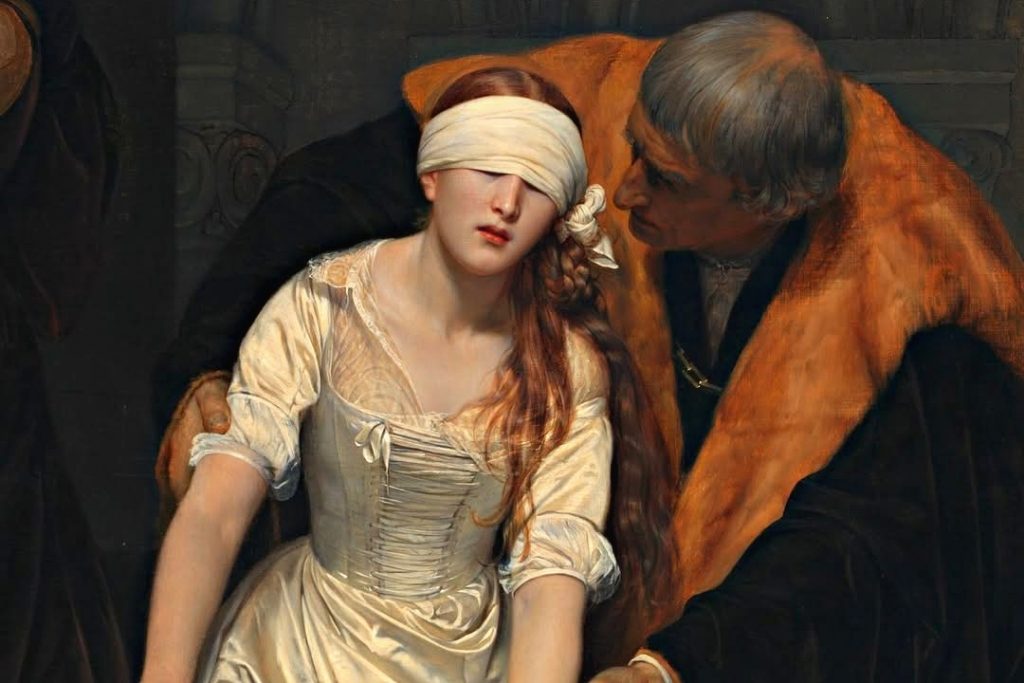
On February 12, 1554, the execution of Lady Jane Grey took place at the Tower of London. That morning, her husband, Guildford Dudley, was executed on Tower Hill. Jane was reportedly offered the chance to see Guildford’s body before her own execution, but she declined, fearing the sight would weaken her resolve.
Lady Jane Grey’s execution occurred within the Tower grounds, at the private scaffold on Tower Green, reserved for high-status individuals. This location underscored the gravity of the event and the status of the condemned. Jane, only 16 or 17 years old, faced her death with extraordinary courage and dignity.
Accounts of the execution of Lady Jane Grey describe her composed demeanor as she approached the scaffold. She reportedly recited Psalm 51, a plea for mercy and forgiveness, as a final act of faith. Her last words reflected her unwavering belief in salvation through Christ, a cornerstone of Protestant theology.
In a moment of profound humanity, Lady Jane Grey struggled briefly as she attempted to locate the execution block while blindfolded. Her final words were simple yet poignant: “Lord, into thy hands I commend my spirit.” With one swift stroke, the executioner ended her life.
Reactions to the Execution of Lady Jane Grey
The execution of Lady Jane Grey sent shockwaves through England and beyond. While Mary Tudor viewed the act as a necessary step to secure her throne, many contemporaries and later historians saw it as a tragic and unnecessary sacrifice. Jane’s youth, innocence, and reluctance to assume power made her a sympathetic figure, even among those who supported Mary.
Protestant reformers quickly elevated Jane to the status of a martyr, emphasizing her piety and steadfastness in the face of death. Her writings, including letters and prayers composed during her imprisonment, became powerful symbols of Protestant resistance to Catholic rule.
The Role of Religion in the Execution of Lady Jane Grey
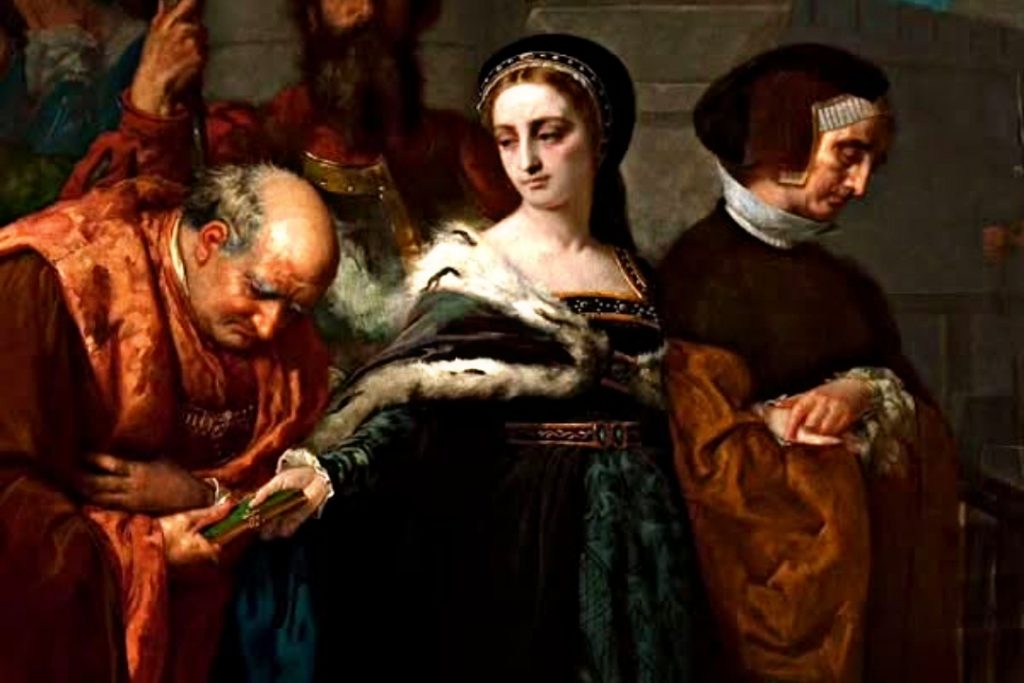
Religion played a central role in both Lady Jane Grey’s life and her execution. As a devout Protestant, Jane was deeply committed to the Reformation and the principles of sola scriptura (scripture alone) and justification by faith. Her theological debates with Catholic figures, such as John Feckenham, highlight her intellectual rigor and her unshakable faith.
The execution of Lady Jane Grey was not only a political act but also a religious statement. By eliminating Jane, Mary sought to suppress Protestant opposition and reaffirm Catholicism as the state religion. However, Jane’s death had the opposite effect, galvanizing Protestant resistance and cementing her legacy as a symbol of faith and integrity.
The Tower of London and the Execution of Lady Jane Grey
The Tower of London, a symbol of power and authority, was the site of many significant events in Tudor history, including the execution of Lady Jane Grey. The tower’s grim walls bore witness to her imprisonment, trial, and death, making it an enduring symbol of her tragic story.
Visitors to the Tower of London today can see Tower Green, where the private scaffold once stood, and the Chapel of St. Peter ad Vincula, where Lady Jane Grey and her husband are buried. These sites serve as reminders of the human cost of political ambition and religious conflict.
Lady Jane Grey’s Legacy
The execution of Lady Jane Grey marked the end of her brief and reluctant journey as queen, but her legacy endures. She is remembered as a symbol of innocence caught in the web of political ambition and as a martyr for the Protestant cause.
Cultural Representations
Lady Jane Grey’s story has inspired countless works of art, literature, and film. Paul Delaroche’s painting The Execution of Lady Jane Grey remains one of the most iconic depictions of her life, emphasizing her youth and vulnerability. Writers and historians have also explored her story, portraying her as both a victim and a figure of quiet strength.
Lessons from Her Life and Death
The execution of Lady Jane Grey serves as a poignant reminder of the complexities of power, religion, and human ambition. Her life and death highlight the precariousness of political alliances and the human cost of dynastic struggles. For modern audiences, Jane’s story offers a timeless reflection on the resilience of faith and the enduring impact of individual integrity.
Conclusion
The execution of Lady Jane Grey was a turning point in Tudor history, a moment of profound tragedy that underscored the ruthless nature of political and religious conflict in 16th-century England. Though her reign lasted only nine days, her courage, faith, and intellect have secured her place in history as one of its most compelling figures.
Through the centuries, the execution of Lady Jane Grey has resonated as a symbol of youthful innocence and moral strength. Her legacy, shaped by her tragic end, continues to inspire and captivate, ensuring that the Nine-Day Queen will never be forgotten.

